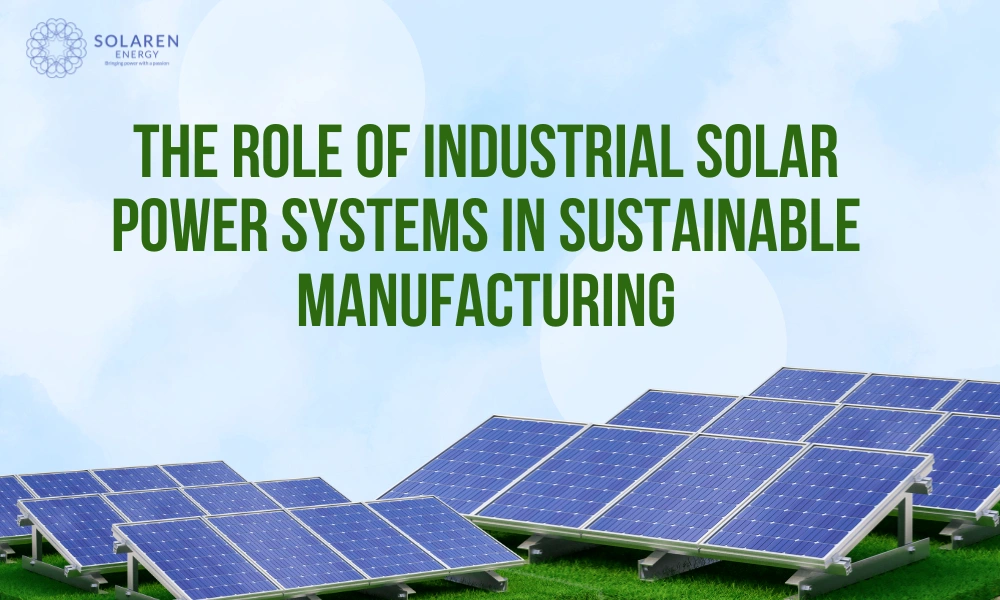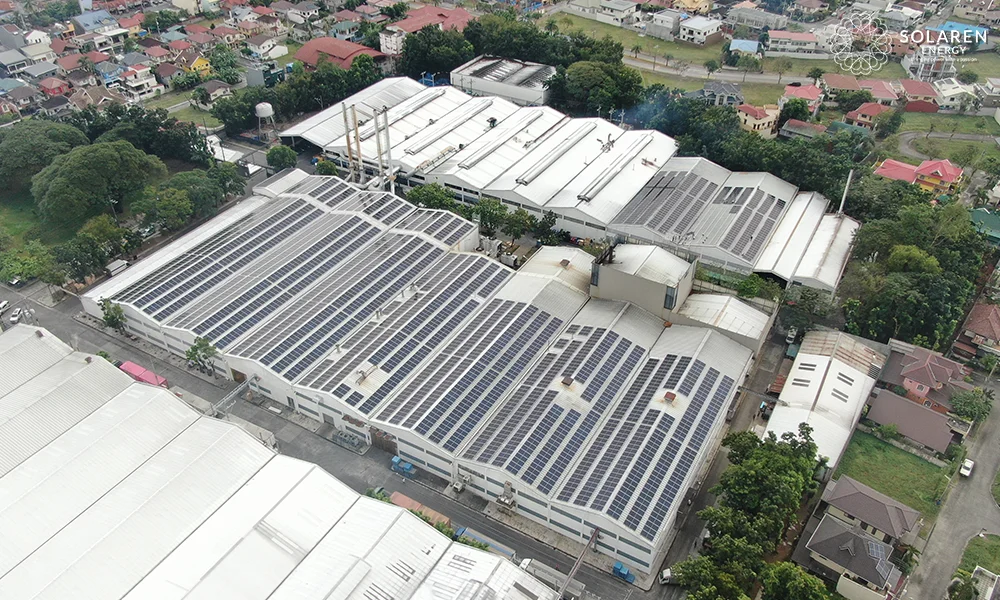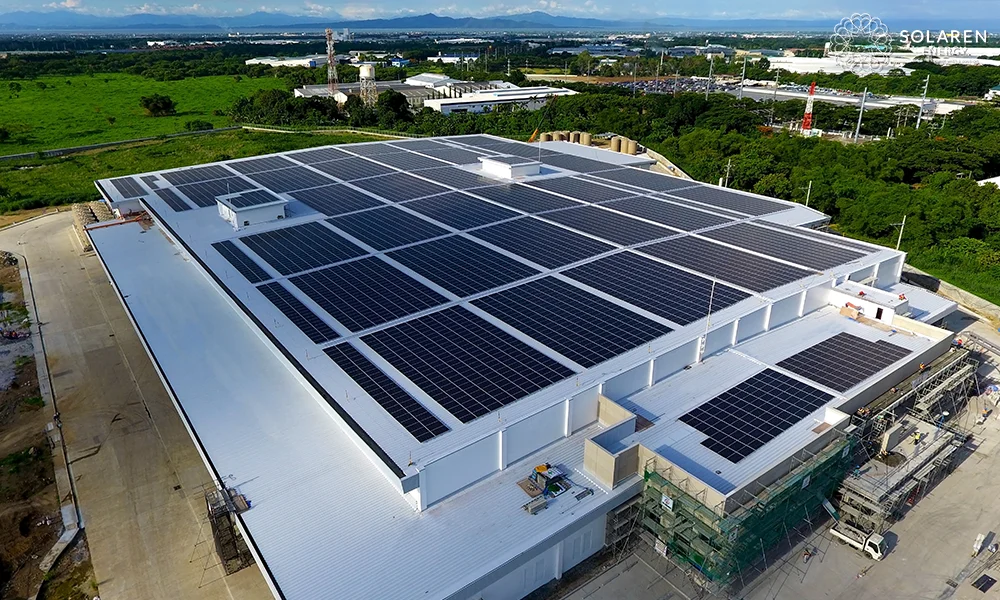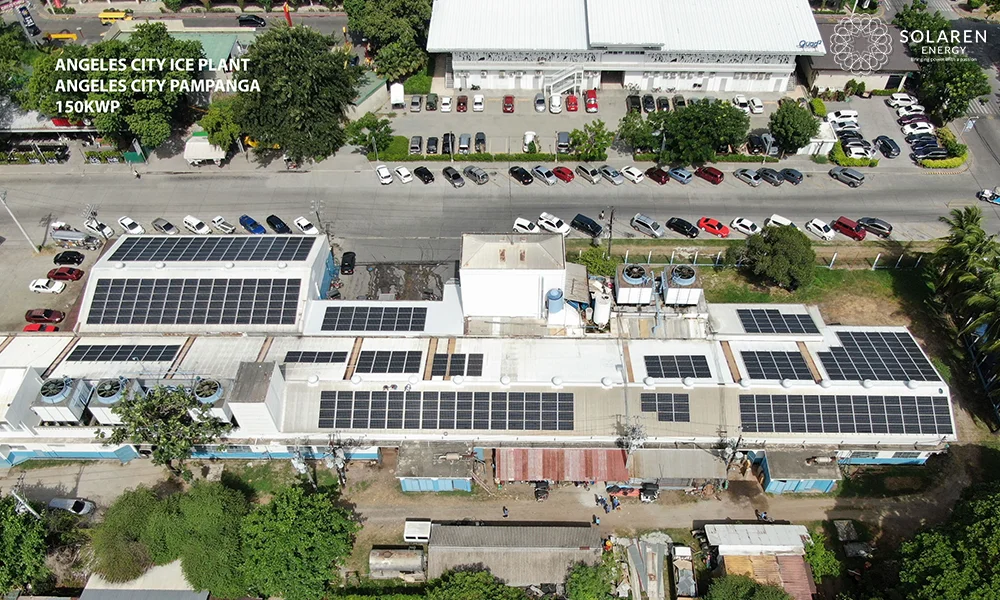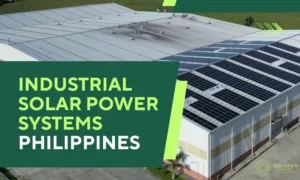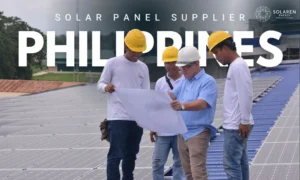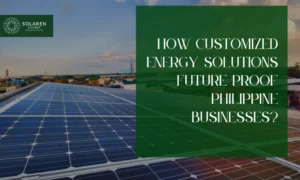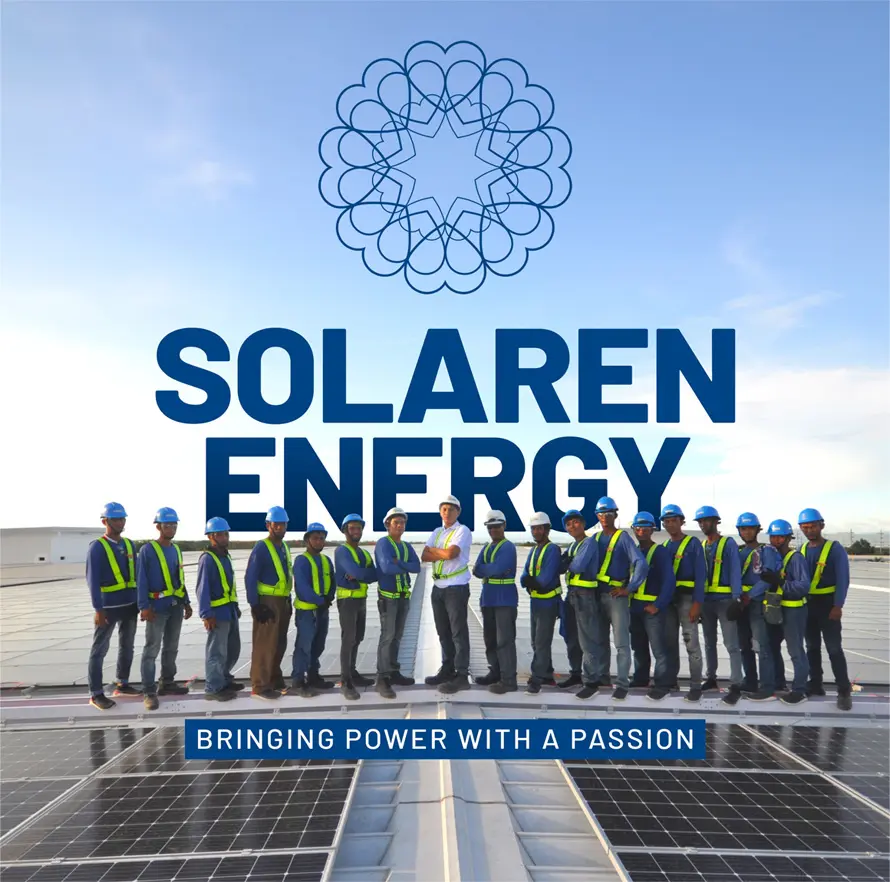As global decarbonization efforts accelerate, manufacturers in the Philippines are under mounting pressure to reduce emissions while cutting energy costs. Industrial solar power systems are rapidly becoming a cornerstone of sustainable manufacturing strategies, offering businesses the tools they need to meet climate goals, control operational expenses, and maintain competitiveness in global markets.
Energy Strategy Is Now a Business Priority
Energy is no longer just a line item on the ledger, it’s a strategic risk and opportunity. Volatile fossil fuel prices, stricter environmental regulations, and mandatory carbon reporting are pushing companies to rethink how they source and consume electricity. In the Philippines, where industrial tariffs are among the highest in Southeast Asia, power instability and rising costs make action even more urgent. Manufacturers that lag behind risk both financial strain and exclusion from low-carbon supply chains.
What Are Industrial Solar Power Systems?
Industrial solar systems are far more than standard rooftop PV setups. They typically include:
- Large-scale rooftop or ground-mounted solar arrays, often exceeding 1 MWp
- Battery storage systems to reduce grid draw during peak hours and provide backup
- Smart inverters that manage voltage and frequency for sensitive equipment
- Integration with diesel generators or co-generation units for energy continuity
These systems are designed to support 24/7 operations, power energy-intensive equipment, and meet the evolving compliance standards in the Philippines.
Why Manufacturers Are Investing Now
The benefits of industrial solar power systems go well beyond reduced electricity bills. Key advantages include:
- Cost Savings – Energy bills drop by 30–60% over a 10-year span, with higher returns for facilities operating during peak grid hours.
- Operational Resilience – Battery backup ensures uptime during grid failures or rolling blackouts.
- ESG Compliance – Helps meet international environmental and social governance (ESG) benchmarks and ISO 14001 certifications.
- Revenue from Exports – Through the Renewable Portfolio Standard (RPS), manufacturers can earn green certificates for exported solar energy.
Partnering with a renewable energy company Philippines like Solaren, ensures these benefits are achieved through modular, future-proof designs tailored to each facility’s specific load demands.
Integrating Solar with Customized Energy Solutions
Industrial solar often forms the foundation of broader customized energy solutions. These integrated platforms combine solar, storage, and automation tools. For example:
- Textile Factories use reactive power controls from solar inverters to stabilize voltage.
- Cold Chain Operations pairs solar with LFP battery storage to preserve refrigeration through the night.
- Food Processors integrate diesel backup and smart battery dispatch to maintain production continuity.
In each case, the system is engineered not just to generate electricity, but to serve the production process without disruption.
Supportive Policy and Incentives
Philippine regulations have evolved to reward industrial solar adoption. Key benefits include:
- Night-time export credits of ₱5.638/kWh for stored solar sent back to the grid
- VAT and duty exemptions for battery and solar equipment under the Board of Investments
- Access to the Green Energy Option Program (GEOP) for direct renewable power contracting
The Energy Regulatory Commission now includes behind-the-meter storage as part of official renewable energy storage solutions, unlocking even more savings and compliance advantages for manufacturers.
Case Study: Batangas Semiconductor Plant
A high-volume electronics factory in Batangas installed a 1.5 MWp solar PV system along with 600 kWh of lithium-iron-phosphate (LFP) storage. The setup integrated seamlessly with their automation systems and was managed through hybrid inverters with remote dispatch capabilities. Within the first quarter, grid consumption during peak hours dropped 46%, and energy savings totaled ₱1.8 million. The system paid for itself in under four years and now plays a central role in the company’s ESG reporting to global partners.
Safety, Maintenance, and Monitoring
Modern industrial solar power systems include high-level safety features such as:
- Fire-retardant enclosures and thermal monitoring
- Battery health diagnostics with automatic alerts
- PV string-level performance tracking
- Integrated maintenance logs for warranty support
Ongoing service contracts with providers like Solaren ensure 99% uptime over a 10–15 year period, with minimal manual intervention required from internal teams.
Project Financing and ROI Models
Many manufacturers incorporate solar project costs into CAPEX budgets or secure financing through local banks offering green energy loans. Flexible loan structures based on actual energy savings, known as performance-based financing, are increasingly available, enabling projects to be cash-flow positive from day one.
As solar panel supplier Philippines firms expand warehousing and delivery logistics, lead times and costs continue to drop, making 2025 an ideal window for implementation.
The Road Ahead: 2025 and Beyond
Industrial solar is no longer a nice-to-have; it’s a competitive necessity. Between lower battery prices, tighter carbon rules, and improved incentive programs, the investment case is stronger than ever. Manufacturers that act now not only lock in savings but also future-proof their operations in a rapidly decarbonizing global economy.

